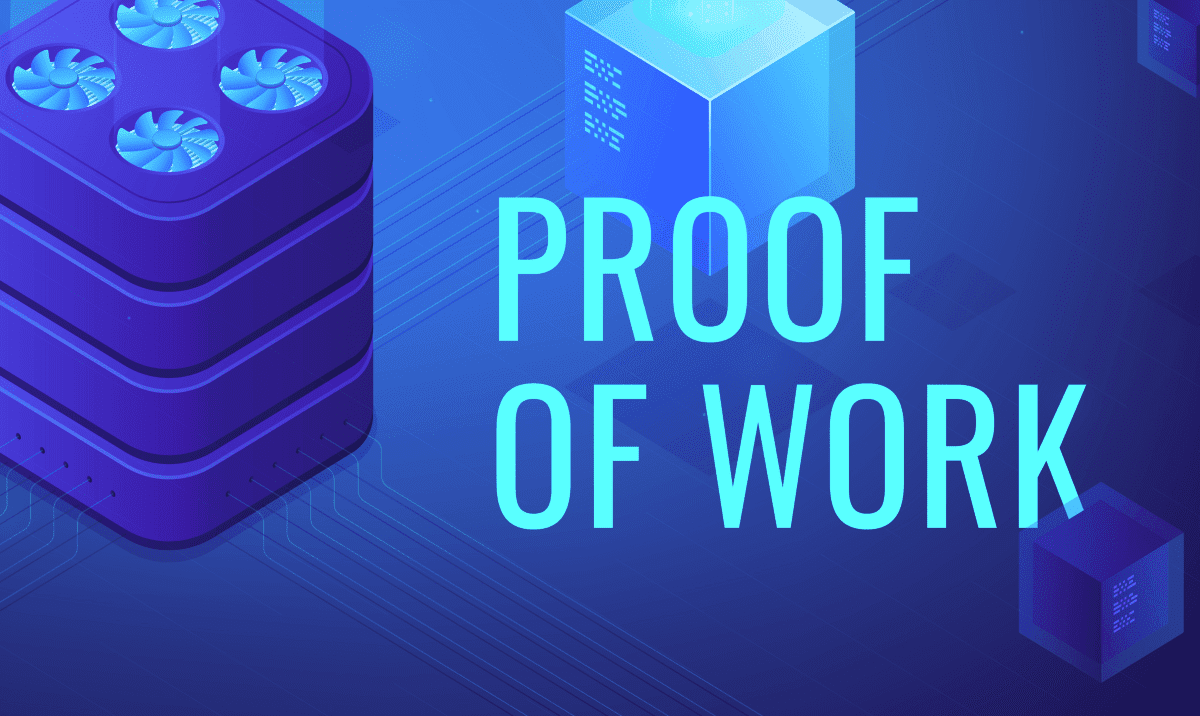Proof of Work, or PoW, is a guardian system of blockchains and computer system resources. Today, Many networks leverage the system to prevent all kinds of cyber attacks from fake requests, for example, malicious email, spam, and a distributed denial of service (DDoS) attack.
To better understand Proof of Work (PoW), we’ll go through how it works and how it’s used for cryptocurrencies in this review.
What is Proof of Work (PoW)?
Despite the idea that the Proof of Work (PoW) comes together with Bitcoin, PoW was actually conceived earlier before cryptocurrency was born.
Cynthia Dwork and Moni Naor initially proposed the concept of PoW in 1993. But Markus Jakobsson of Ari Juels was the first to coin the term “proof of work” in a document released in 1999.
In 2004, Hal Finney used this concept to safeguard digital currency. A hashing algorithm known as SHA-256 is used in his “Reusable proof of work” concept.
Many people believe that Nakamoto’s Bitcoin whitepaper, released in 2008, was influenced heavily by the proof-of-work (PoW) theory. As a result, a distributed system of Bitcoin can achieve consensus without relying on trust from other parties.
Uses of Proof of Work (PoW) in Cryptocurrencies
Bitcoin is a crypto asset backed by a blockchain network. All Bitcoin transaction records are organized in sequentially organized blocks in the blockchain. The Proof of Work (PoW) is applied to maintain cyber security for the crypto assets and their network system. For example, PoW can prevent double-spending, a common flaw when the asset is illegally spent more than once.
In order to prevent tampering with a public blockchain, altered versions of ledgers will be quickly rejected by other users. In particular, the network uses ‘hash,’ a set of numbers, to facilitate the Proof of Work (PoW). Each hash maintains all users’ transactions logged in the form of a block.
Apart from the Bitcoin blockchain, Proof of Work (PoW) is also leveraged in Ethereum and other blockchain networks. PoW in cryptocurrencies can have a variety of purposes and applications depending on their intended objectives.
PoW and Mining
The Proof of work heavily depends on a calculation known as mining to operate. How can a miner assure that they can solve an under-target hash if a certain data collection can only create one hash?
They’ll add an integer called a nonce to the input (a number that will be used once). A new block of the blockchain will be created as soon as a valid hash has been found and published to the network.
Mining is a highly competitive endeavor. Mining may sometimes feel like a lottery rather than a competition. Averagely, only once every 10 minutes will make an acceptable proof of work being produced.
Today, miners are forming a mining pool to boost their chances of mining. Rewarding miners is based on how quickly they can produce new blocks in a certain period of time. Each miner that engages in mining will earn a share of the rewards earned by the pool, which will be used to pay transaction expenses as well.
Proof-of-work consensus-based blockchain mining is challenging. Miners may be forced to re-mine all subsequent blocks if a single feature of the blockchain is altered. The advantage of proof of work is that it prevents users from monopolizing the network’s computer capacity.
In Proof of Work (PoW), the mining process has two main functions:
- To verify the legitimacy of a transaction or avoid double-spending.
- To create new crypto assets by rewarding miners who successfully mine.
Example of how PoW works
To help you better grasp how PoW works, we’ve provided a few examples.
To function, PoW requires hardware to randomly engage in hashing encryption until it reaches an output with a minimum number of zeros.
For example, the hash for block #429818, mined on September 14, 2016 is 000000000000000004dd3426129639082239efd583b5273b1bd75e8d78ff2e8d.
The block has rewarded 12.5 BTC for the successful hash.
That block will always contain 2012 transactions involving more than 1,000 Bitcoins and headers from the previous block.
If someone attempted to modify the transaction value with even 0.000001 bitcoins, the resulting hash would be unrecognizable, and the network would reject the fraud attempt.

